img086
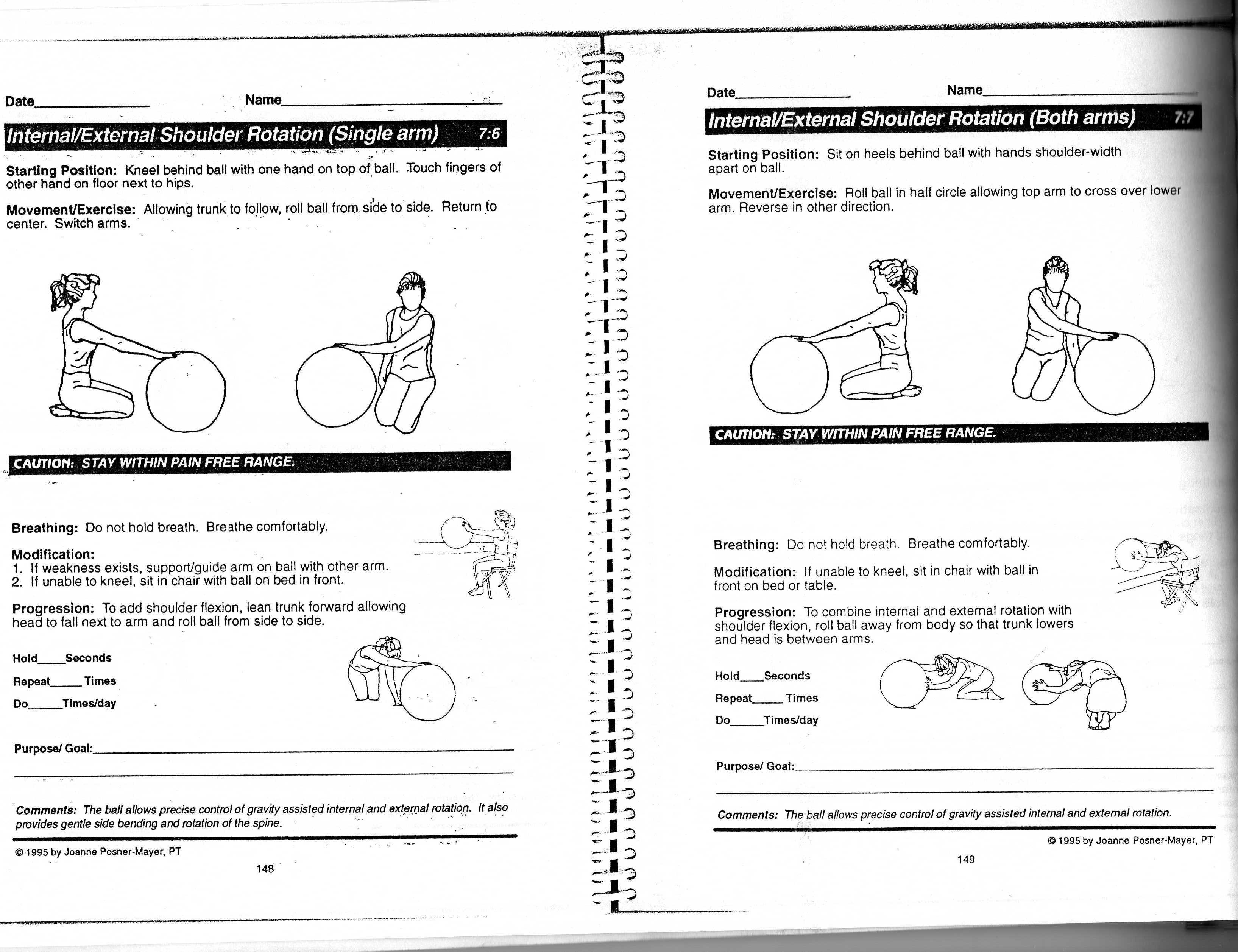
Dato_ Name
lnternal/External Shoulder Rotation (Single arm) 7:
Starting Position: Kneel behind bali with one hand on top of bali. Touch fingers of other hand on floor next to hips.
Movement/Exerclse: Allowing trunk to follow, roli bali from side to side. Return to center. Switcharms.
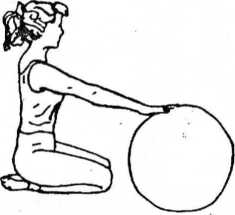
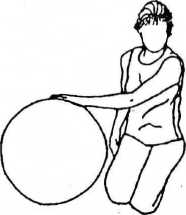
CAUTIOH: STAY WITHIN PAIN FREE RANGĘ.
r V .b--
— 1 y—pj)-
Breathing: Do not hołd breath. Breathe comfortably. Modification:
1. If weakness exists, support/guide arm on bali with other arm.
2. If unable to kneel, sit in chair with bali on bed in front.
Progression: To add shoulder flexion, lean trunk forward allowing head to fali next to arm and roli bali from side to side.
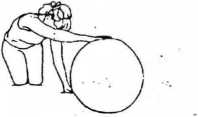
Hołd_Seconds
Rapoat_Times
Do_Times/day
Purpose/ Goal:.
Comments: The bali allows precise control of gravity assisted internal and extęmal rotation. It also provides gentle side bending and rotation of the spine.
© 1995 by Joannę Posner-Mayer, PT

Starting Position: Sit on heels behind bali with hands shoulder-width apart on bali.
Movement/Exercise: Roli bali in half circle allowing top arm to cross over lower arm. Reverse in other direction.
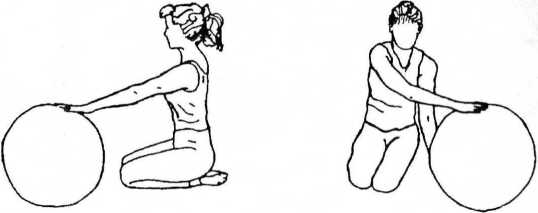


Breathing: Do not hołd breath. Breathe comfortably.
Modification: If unable to kneel, sit in chair with bali in front on bed or table.
Progression: To combine internal and external rotation with shoulder flexion, roli bali away from body so that trunk lowers and head is between arms.

Hołd_Seconds
Repeat Times Do_Times/day
Purpose/ Goal:_
Comments: The bali allows precise controI of gravity assisled internal and extemal rotation.
©1995 by Joannę Posner-Mayer, PT
149
Wyszukiwarka
Podobne podstrony:
img084 Datę_ Name.Shoulder Extension 7.2 Starting Position: Kneel behind bali with
img083 Shoulder F!exion 7:1 Starting Position: Kneel behind bali with hands on top
img104 mfżim ! Shoulder Blade Squeeze with Weights Starting Position: Kneel behind bali. Lie trunk o
img107 Datę_ Name.Shoulder Flexion with Weights _ 10:6 Starting Position: Kneel behind bali. Lie tru
img057 Arm & Leg Lifts Cfuadruped 3.1 Starting Position: Kneel behind bali. Re
img106 Datę_ Name.Alternate Arm Lifts with Weights _ 10.4 Starting Position: Kneel behind bali. Lie
więcej podobnych podstron